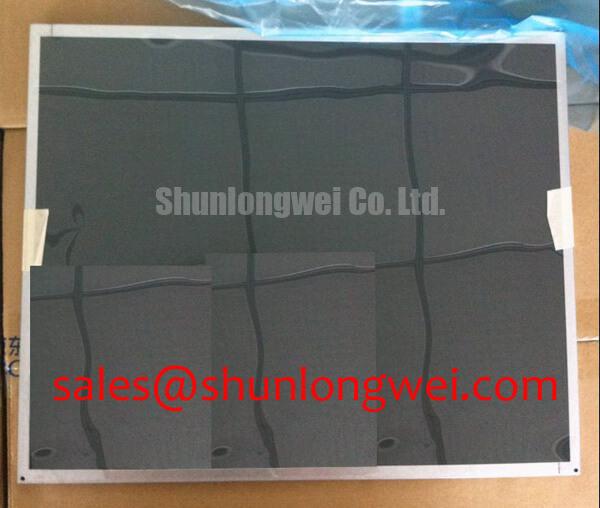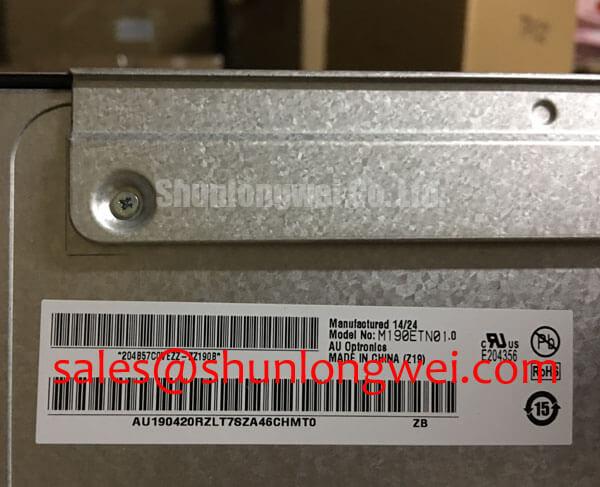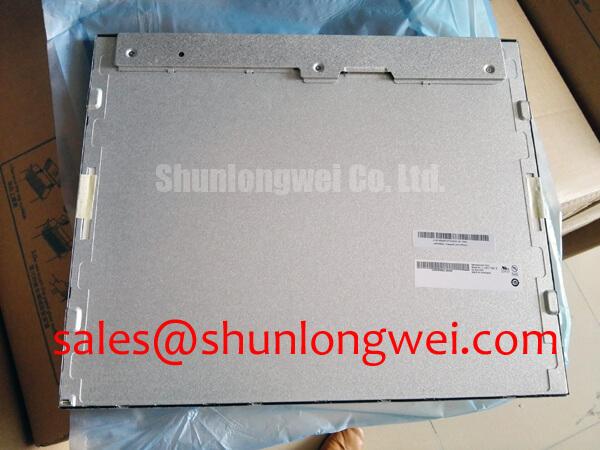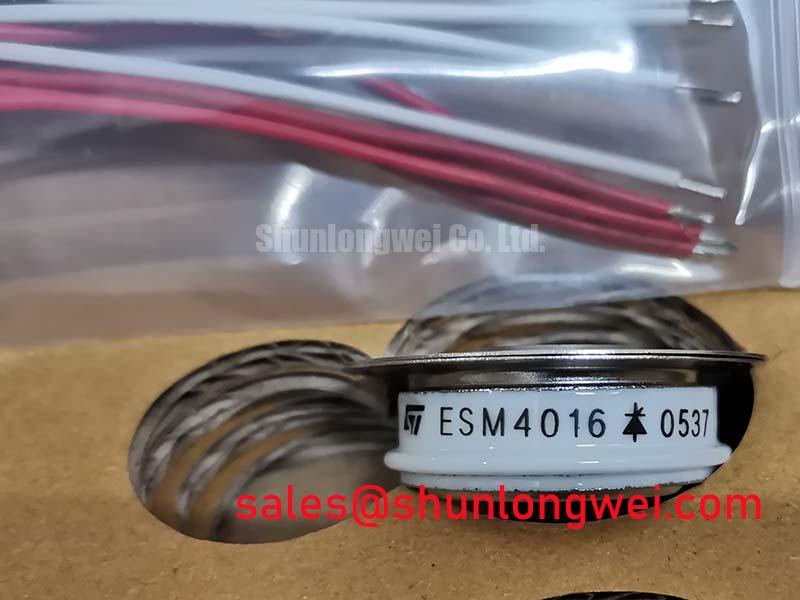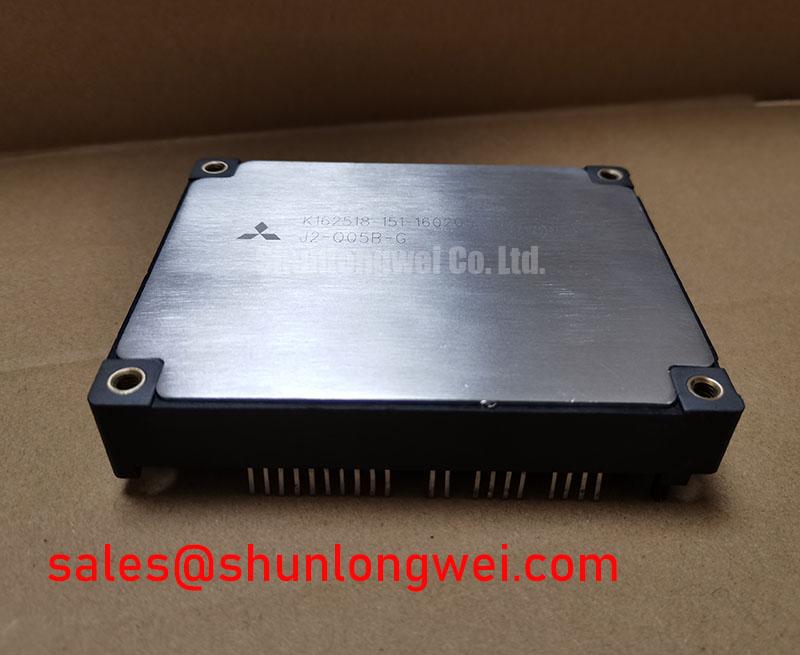AUO M190ETN01.0: 19-inch SXGA Display for Industrial Use
Technical Overview of the M190ETN01.0 TFT-LCD Module
The AUO M190ETN01.0 is an industrial-grade 19-inch SXGA display engineered for sustained visual clarity and mechanical resilience in demanding operational environments. It delivers a precise combination of proven technology and robust construction to support long-lifecycle systems. Key specifications include: 1280x1024 Resolution | 250 nits Brightness | 50K Hour WLED Backlight. Its primary benefits are enhanced screen readability and long-term operational stability. For engineers questioning its performance in high ambient light, the module's anti-glare surface treatment is specifically designed to diffuse reflections, ensuring operator visibility on factory floors or in public-facing installations.
Comparative Data for Resilient System Design
In the process of component selection, evaluating key differentiators is essential. The following table provides a factual comparison to support an informed engineering decision. It presents data points from the M190ETN01.0 alongside another relevant industrial display, highlighting parameters critical for integration and performance evaluation.
This data is presented to empower your design process, not to guide selection. Each application has unique constraints, and the optimal choice depends on a complete analysis of your system's requirements.
| Parameter | AUO M190ETN01.0 | AUO G190ETN01.4 |
|---|---|---|
| Screen Size | 19.0 inch | 19.0 inch |
| Resolution | 1280(RGB)×1024, SXGA | 1280(RGB)×1024, SXGA |
| Luminance (cd/m²) | 250 (Typ.) | 350 (Typ.) |
| Viewing Angle (L/R/U/D) | 85/85/80/80 (Typ.) | 85/85/80/80 (Typ.) |
| Backlight System | WLED | WLED |
| Interface | LVDS (2 ch, 8-bit) | LVDS (2 ch, 8-bit) |
For systems with similar specifications but requiring higher brightness, the G190ETN01.4 presents an alternative with 350-nit luminance.
The Engineering Behind its Environmental Resilience
The M190ETN01.0's suitability for industrial settings is a result of specific design choices that prioritize durability and visual performance under non-ideal conditions. The core of its resilience lies in its surface and illumination technology.
- Anti-Glare (AG) Surface Treatment: The front polarizer is treated with an anti-glare finish. This microscopic texturing acts much like a frosted window, scattering incoming ambient light rather than reflecting it directly back at the viewer. The engineering benefit is a significant reduction in specular reflections, which prevents screen washout in brightly lit environments and reduces operator eye strain over long shifts.
- White LED (WLED) Backlight System: This module utilizes a WLED backlight, a critical upgrade from older CCFL technology. What is the primary benefit of its WLED backlight? A significantly longer operational lifespan, rated for 50,000 hours, which directly translates to reduced maintenance cycles and a lower total cost of ownership. This solid-state lighting system also provides stable brightness and color over its lifetime.
- Consistent Viewing Performance: While based on TFT-LCD TN technology, the panel is specified for wide viewing angles of 85/85 degrees horizontal and 80/80 degrees vertical. This ensures that information remains legible and colors consistent even when viewed from off-axis positions, a common requirement for large machine HMIs or collaborative workstations.
Deployment Scenarios Demanding Visual Stamina
The robust feature set of the AUO M190ETN01.0 makes it a suitable candidate for a range of applications where standard consumer-grade displays would fall short. Its design addresses the operational realities of environments that require more than just a picture on a screen.
Key application areas include:
- Industrial Automation HMIs: On manufacturing floors, control panels are subjected to fluorescent lighting and require constant readability. The anti-glare surface and consistent brightness are vital for error-free machine operation.
- Point-of-Sale (POS) and Kiosks: In retail or public spaces, these displays must provide clear visibility to multiple users from various angles and under diverse lighting. The wide viewing angles and durable construction support this demanding use case.
- Medical Instrumentation: For non-diagnostic display applications on medical carts or lab equipment, the long-life backlight ensures the device is ready when needed, minimizing downtime for maintenance. The stable image is crucial for presenting clear data.
Given its 50K-hour backlight rating, for fixed installations where maintenance access is costly or difficult, the M190ETN01.0 is an optimal choice over displays with shorter-lived backlights.
Core Specifications for Robust Integration
The following parameters are central to the M190ETN01.0's performance profile. This curated list highlights the specifications most relevant to system design and integration, focusing on the module's mechanical and optical characteristics.
| Key Parameter | Specification |
|---|---|
| Panel Size | 19.0 inch |
| Native Resolution | 1280(RGB)×1024 [SXGA] |
| Pixel Pitch | 0.294(H)×0.294(W) mm |
| Typical Luminance | 250 cd/m² |
| Contrast Ratio | 1000:1 (Typ.) |
| Backlight Life Expectancy | 50,000 hours (Min.) |
| Surface Treatment | Anti-Glare, Hard coating (3H) |
Download the Complete Datasheet for full mechanical drawings and electrical ratings.
Strategic Value in Long-Lifecycle Industrial Systems
The selection of a display module for industrial, medical, or public-facing equipment extends beyond initial performance metrics. It involves a strategic consideration of the total cost of ownership, supply chain stability, and long-term reliability. The AUO M190ETN01.0 is designed with these factors in mind. Its adoption of a standard 19-inch form factor and a conventional LVDS interface ensures a stable and predictable integration path for systems intended to be in the field for a decade or more. Investing in components with proven longevity and a reliable manufacturing pedigree is fundamental to building systems that not only perform today but also remain serviceable and effective for their entire operational lifespan.

